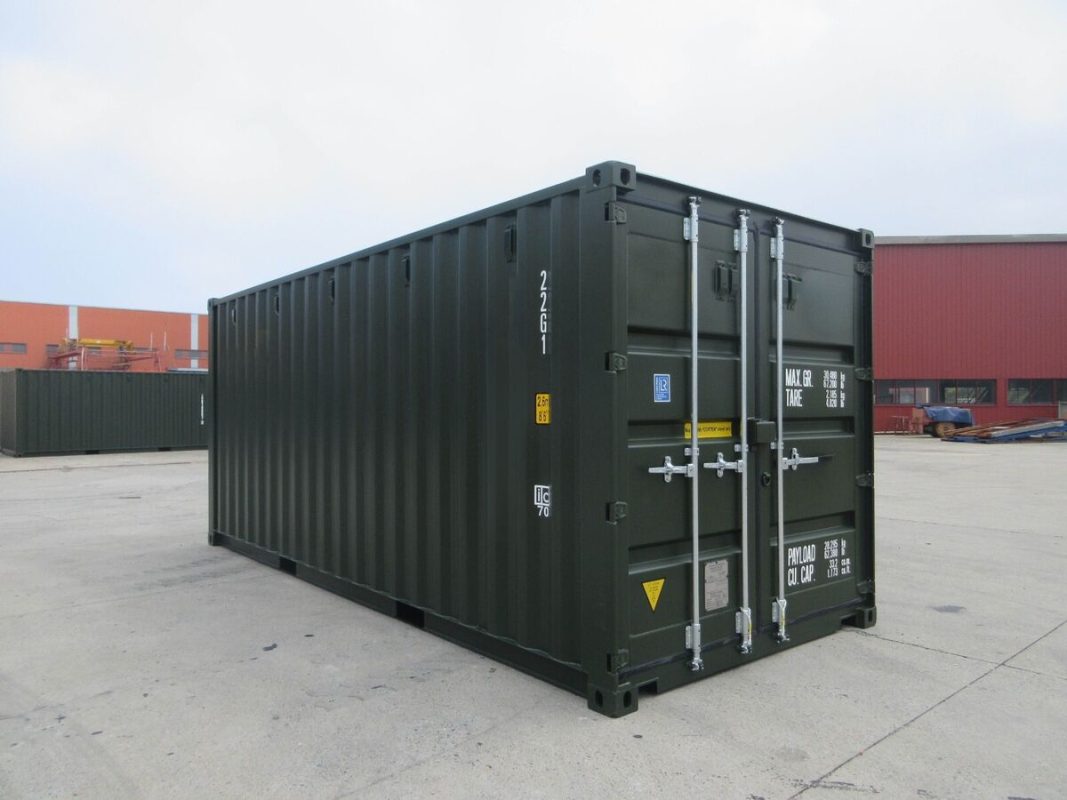How to Transform Shipping Containers into Stunning Modern Offices

In recent years, shipping containers have evolved from their traditional use in logistics and transportation to become innovative solutions for modern office spaces. Their versatility, affordability, and eco-friendliness have made them a popular choice for businesses seeking unique and sustainable office environments. If you’re considering transforming a shipping container into a stunning modern office, here’s a comprehensive guide to help you through the process.
1. Planning and Design
Before diving into the transformation process, careful planning and design are crucial. Start by determining the purpose and size of your office. Do you need a single workspace, or will there be multiple areas like meeting rooms, break rooms, and private offices? Create a layout that maximizes the use of space while ensuring comfort and functionality.
Engage with an architect or designer experienced in container conversions. They can help you visualize your ideas, offer creative solutions for space constraints, and ensure that the design adheres to local building codes and regulations.
2. Structural Modifications
Shipping containers are built to be sturdy and durable, but they require modifications to become functional office spaces. Begin by assessing the container’s structural integrity. Make necessary repairs to ensure safety and stability.
You’ll likely need to cut out sections for windows, doors, and ventilation. Reinforce any areas where the structure has been altered to maintain the container’s strength. Installing insulation is also crucial to regulate temperature and improve comfort. Spray foam insulation or rigid foam boards are effective options for container offices.
3. Interior Design and Layout
With the structural modifications complete, focus on the interior design. Shipping containers have a compact space, so clever design choices are essential. Opt for a modern and minimalist aesthetic to create an open and inviting atmosphere.
Flooring: Choose durable and easy-to-maintain flooring materials like laminate, vinyl, or polished concrete. These options not only look stylish but also withstand heavy foot traffic.
Walls and Ceilings: Finish the interior walls with drywall or wooden panels to add warmth and texture. For ceilings, consider installing a drop ceiling or exposing the container’s metal structure for an industrial look.
Lighting: Proper lighting is vital in a small space. Incorporate a mix of natural and artificial light sources. Install large windows or glass doors to let in natural light, and use recessed lighting, pendant lights, and task lighting to brighten up the interior.
Furniture: Select modern, space-saving furniture that enhances the office’s functionality. Modular furniture and built-in storage solutions can help maximize the use of available space. Opt for sleek, ergonomic chairs and desks to create a comfortable work environment.
4. Utilities and Technology
Transforming a shipping container into a modern office requires the installation of essential utilities and technology. Here’s what you need to consider:
Electricity: Hire a licensed electrician to install wiring, outlets, and lighting. Ensure that the electrical system meets safety standards and can handle the power needs of your office equipment.
Heating and Cooling: Depending on your location, you may need to install heating and cooling systems. Mini-split HVAC systems are a popular choice for container offices as they are efficient and easy to install.
Plumbing: If your office requires a restroom or a kitchen area, plan for plumbing installations. This includes setting up water lines, drainage, and sewage systems.
Internet and Communication: Ensure reliable internet connectivity by installing the necessary networking equipment. Consider adding built-in communication systems like intercoms or video conferencing tools to enhance collaboration.
5. Exterior Finishes
The exterior of the shipping container also plays a significant role in its overall appearance. Choose finishes that complement the modern office look while offering protection from the elements.
Painting: Apply weather-resistant paint to protect the container’s metal surface from rust and corrosion. Choose a color that matches your brand or the aesthetic of your office.
Landscaping: Surround your container office with landscaping elements to create an inviting outdoor space. Planter boxes, outdoor seating areas, and greenery can enhance the container’s curb appeal.
6. Sustainability and Eco-Friendliness
One of the key benefits of using shipping containers for office spaces is their sustainability. Incorporate eco-friendly practices into your design:
Energy Efficiency: Install energy-efficient appliances and lighting. Consider adding solar panels to reduce reliance on conventional energy sources.
Recycling and Upcycling: Use recycled or upcycled materials for furnishings and décor. This reduces waste and supports sustainable practices.
Water Conservation: Implement water-saving fixtures and practices in any kitchen or restroom areas to minimize water usage.
Conclusion
Transforming a shipping container into a stunning modern office is a creative and rewarding process. By focusing on thoughtful planning, structural modifications, interior design, and sustainability, you can create a functional and aesthetically pleasing workspace that stands out. Embrace the versatility of shipping containers and turn them into an innovative office solution that reflects your business’s unique character and values.
 Singapore
Singapore Australia
Australia Indonesia
Indonesia Japan
Japan Malaysia
Malaysia New Zealand
New Zealand Philippines
Philippines South Korea
South Korea Taiwan
Taiwan Thailand
Thailand VIETNAM
VIETNAM
